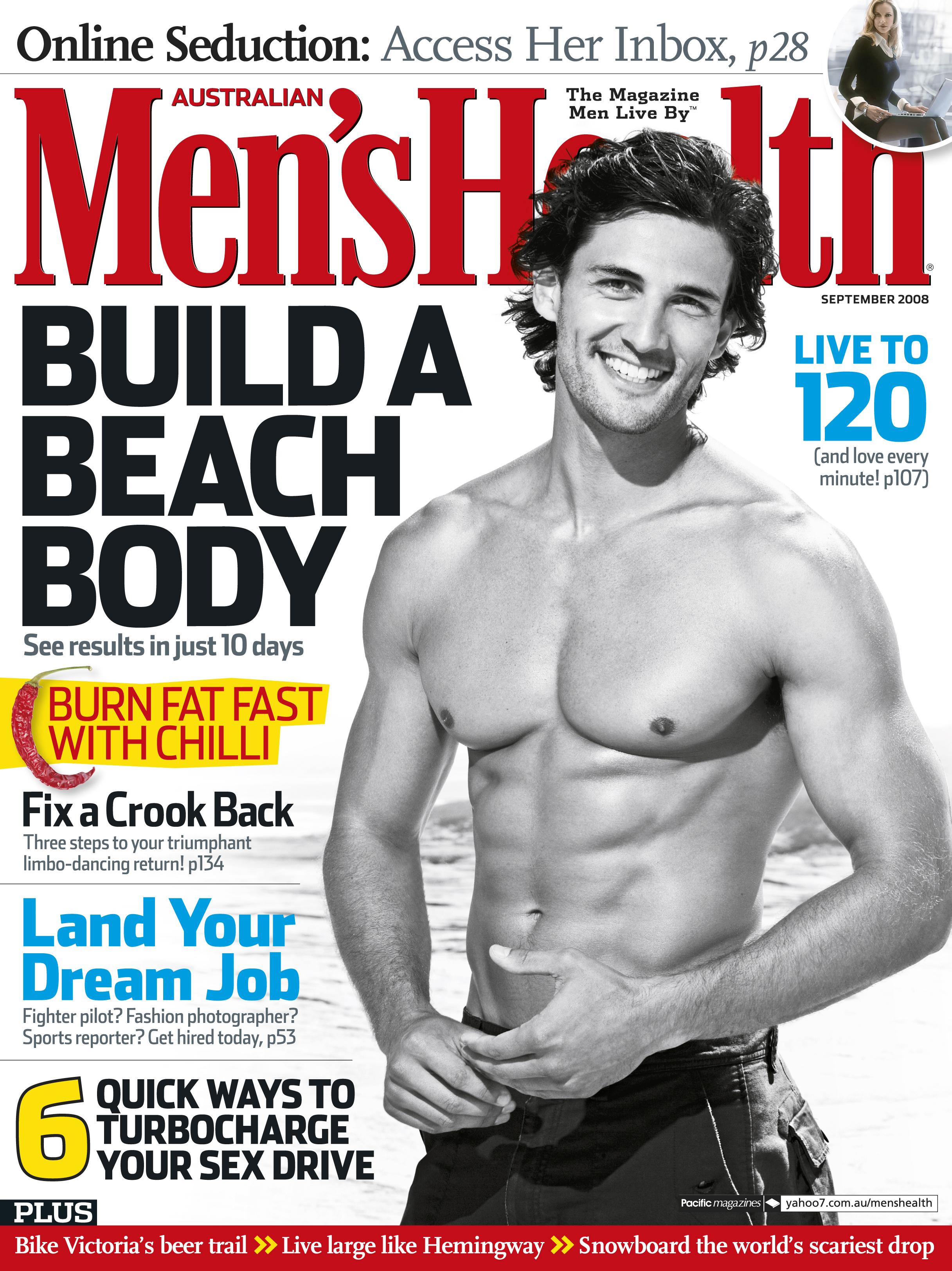For the genre of my front cover, I picked a higher-brow women's fashion magazine, with inspiration taken from the likes of Nylon, Indie, and Topshop magazine. The masthead I chose is 'Pixie' - it relates to the alternative 'pixie cut' hairstyles associated with more fashionable young women, and it is also a reference to the font it is written in, a pixel font. I think it's effective for this magazine as I feel that pixels and pixel fonts have connotations of video games, youth, punk/grundge, individuality, simplicity and retro. The chunky, 'bubbly' shape of the letters were inspired by the Nylon masthead, and also give the magazine a nostalgic and cute image, which goes well with the intended audience of the magazine being young girls and women from the ages of 16-25 who would possibly dress with cute and bubbly trends in mind.
I based the white frame of the magazine (which isn't very visible on here) on the layout present in every Topshop magazine which has been released since I was aware of its circulation. I feel that the frame works well with the white masthead and contrasts against the darker brick wall background, to give the front cover a sense of balance in colour. It's also sharp and clean-cut, which again contrasts against the brick wall's rough and heavy texture. All of this effectively make the front cover look individual, which is a vital feature of Indie's image in the press.
I was aiming to feature a minimal amount of cover lines, just like Indie usually does. However, I felt that the image I used was not enough to make a statement, so I added two additional cover lines to fill the space on the right. I also shifted the model slightly to the left, so her body fits better into the rule of thirds. I also did this to take a different approach from most magazine front covers which would place the model in the centre, to further strive for an individual overall image of the cover.
The main cover line is focused on the model, and is also written in a pixel font, to balance out with the masthead across the top of the cover. I featured only the model's first name, so it evokes a sense of familiarity amongst the model's fans. Because the main cover line text wasn't easy to read on it's own, I added a brush stroke underneath to make it easier to read, which resembles graffiti and adds onto the individual, youthful image even further.





